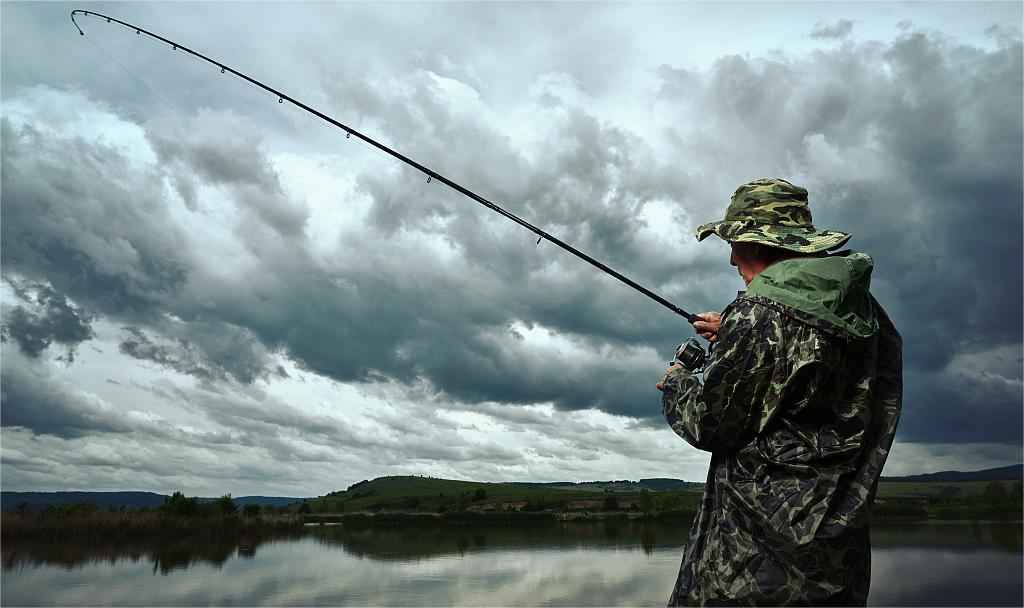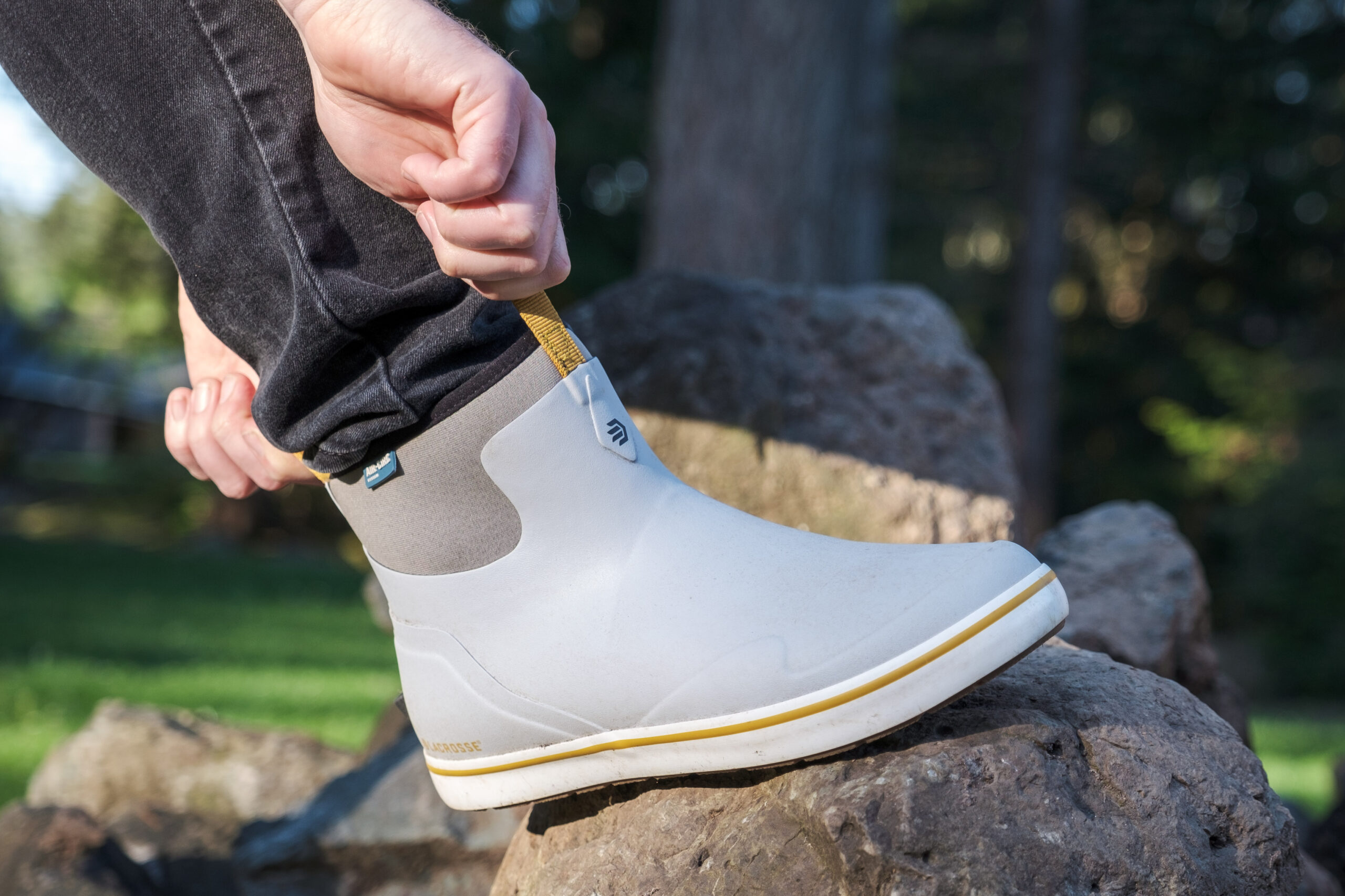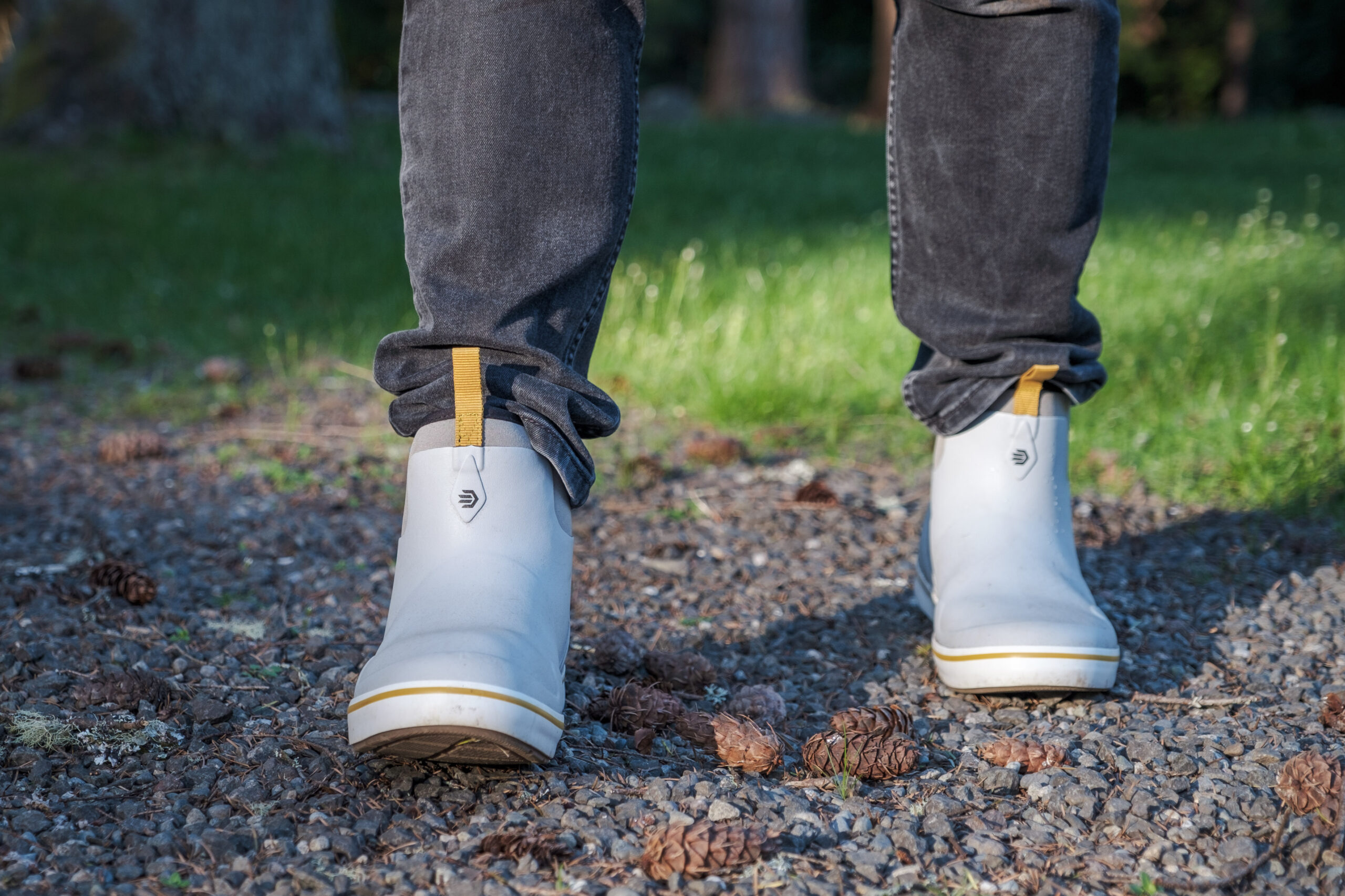Fly fishing is a pursuit that attracts anglers from all walks of life, offering the chance to connect with nature and hone skills in both peaceful and challenging environments. While many anglers shy away from fishing in rainy conditions, the truth is that rain can actually present some unique opportunities for success—if you know how to adjust your approach.
In this article, we’ll dive deep into the challenges and advantages of fly fishing in the rain, and explore key techniques that can help you become more successful during these conditions. Whether you’re a seasoned angler or just starting, understanding how rain affects fishing can help you catch more fish when others are staying dry.
Why Fly Fishing in the Rain Can Be Rewarding
1. Fish Activity Increases in Rainy Conditions
Many anglers assume that rain means poor fishing, but in fact, rain can stimulate fish activity. Rain causes an increase in water movement, which can disrupt the calm surface of lakes, rivers, and streams. This often drives fish to feed more aggressively, especially in freshwater species like trout, bass, and panfish. Rain also flushes insects and other food sources into the water, giving fish a reason to move closer to the surface or into feeding lanes.
- Benefit: Increased fish activity means that you have a better chance of landing a catch, especially when fish are feeding more actively due to the rain’s impact on their environment.
2. Reduced Pressure from Other Anglers
Heavy rain often discourages anglers from heading out, which means you may have the waters all to yourself. Less human activity around the water can be a huge advantage, as fish are less likely to be disturbed or pressured by other fishermen, giving you a greater chance to catch them off guard.
- Benefit: Fewer anglers around means less competition for the fish, and a more peaceful, uninterrupted fishing experience.
3. Rain Can Improve Visibility
When you fish in clear waters, fish can often see the shadow of your fly line or the splash of your cast, making them more likely to shy away. A rainy day can help mitigate this issue by reducing the clarity of the water. The increased water turbulence and surface ripples can break up your line’s shadow, making it harder for fish to detect your presence.
- Benefit: Less visibility can give you the upper hand, allowing you to cast more freely without scaring fish away.
Challenges of Fly Fishing in the Rain
Despite the advantages, there are several challenges that come with fly fishing in the rain. Understanding these challenges is the first step to overcoming them.
1. Water Conditions and Water Levels
One of the most significant challenges of fly fishing in the rain is fluctuating water levels. Rain can rapidly increase water flow, making rivers and streams faster and more difficult to wade through. It can also raise water levels, which might push fish into deeper, harder-to-reach spots. In lakes or ponds, rain can reduce visibility, making it harder to track fish and determine the best places to cast.
- Solution: Always check the weather forecast and local river gauges before heading out. If you know there’s heavy rain in the forecast, opt for places where you can easily adjust to rising water levels or choose areas where slower-moving fish tend to gather.
2. Wet and Slippery Conditions
Fishing in the rain means dealing with wet, slippery surfaces, whether you’re standing on rocks, mud banks, or wading in the river. Wet conditions can increase the risk of slipping or losing your balance, especially when navigating unfamiliar terrain.
- Solution: Wear high-quality wading boots with excellent grip and traction. Consider wearing non-slip waterproof gear like rain jackets and pants to stay comfortable and agile.
3. Casting and Gear Challenges
Fly fishing in the rain can put your casting skills to the test. Wet fly lines tend to get heavier and less responsive, which can make casting more difficult. Additionally, constant rain can dampen your gear, making it harder to control and increasing the chance of tangles or malfunctions.
- Solution: Consider using a floating fly line or a line with water-resistant coatings, which help maintain performance in wet conditions. Carry a fly box that’s well sealed and water-resistant to protect your flies, and invest in waterproof gear bags for your equipment.
Techniques for Fly Fishing in the Rain
With the right preparation and techniques, you can turn rainy-day fly fishing into a productive and enjoyable experience. Here are several tips that will help you maximize your success when fishing in the rain.
1. Focus on Emergers and Nymphs
In rainy conditions, insects like mayflies, caddisflies, and midges often become dislodged and drift downstream, making them a prime food source for fish. Rain can cause aquatic insects to emerge from the water, and fish will often move to shallow areas to take advantage of these food sources.
- Technique: Use emerger patterns, nymphs, or other submerged flies that imitate the insects washing down with the current. Cast them near the banks or in areas where you see water agitation, as this is where the fish will be feeding.
2. Adjust Your Casting Technique
With wind and rain creating a lot of movement on the surface, casting can be a bit more challenging. To make sure your flies land softly and don’t spook fish, try using short, accurate casts rather than long-distance throws. Focus on delicate presentations and avoid excessive splashing.
- Technique: Use the roll cast when possible, as it minimizes the disturbance of water compared to more traditional overhand casts. Also, try to keep your line tight to prevent it from getting tangled in the rain.
3. Use Heavier Tippet and Stronger Hooks
The rain may make the water murkier and more turbulent, which means you may need to use heavier tippet material to avoid losing your fly. In addition, heavier tippets help ensure that the fly stays in the feeding zone longer and reduces the chance of breakage when fishing in faster currents.
- Technique: Consider using tippet in the 3X-5X range, which will give you more strength and durability. Choose hooks that are appropriate for the type of fish you’re targeting, but also sturdy enough to handle the added stress that comes with fishing in challenging conditions.
4. Pay Attention to Water Temperature
Rain can cause water temperatures to fluctuate, especially in freshwater lakes and streams. Fish tend to be more active when the water temperature is ideal for their species, and rain can bring a sudden shift in conditions that may make fish more aggressive.
- Technique: Use a thermometer to check the water temperature before you start fishing. Target specific areas where fish are likely to be holding, such as deeper pools or areas where water temperatures are more stable.
Conclusion: Embrace the Rain and Fish Smart
Fly fishing in the rain can be an incredibly rewarding experience, offering a chance to fish in less crowded conditions, take advantage of fish feeding activity, and hone your skills in challenging environments. By adjusting your techniques and being prepared for the unique challenges posed by wet weather, you can enjoy some of the best fishing of the season.
So, don’t let a little rain stop you—embrace the challenge and get out there. With the right preparation and techniques, fishing in the rain can not only be a great way to avoid the crowds, but it can also lead to some of your most successful and memorable fly fishing adventures.











